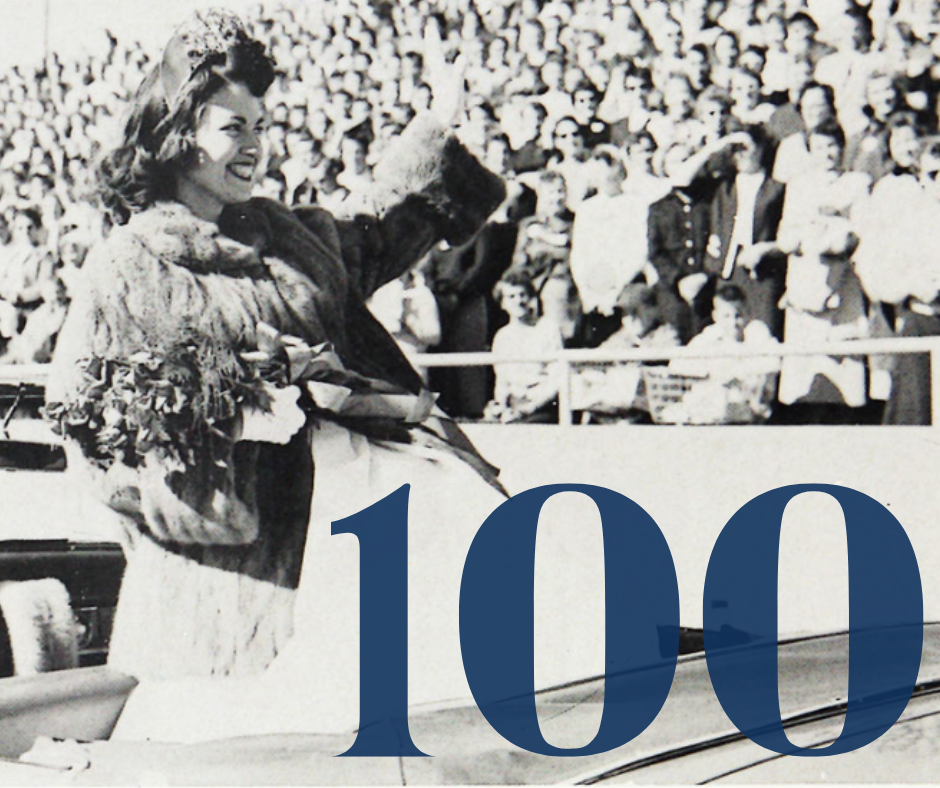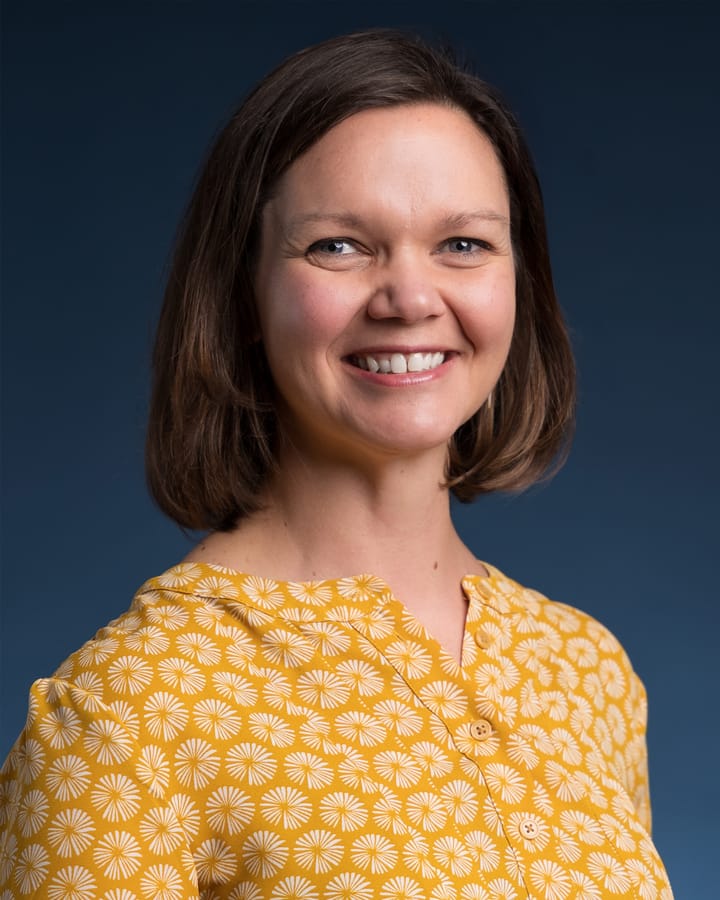Augustana celebrates 100 years of homecoming

Beginning Sept. 18, the Augustana community welcomed a week filled with celebrations of Viking traditions, history and friendships. However, Viking Days in 2023 came with a twist: it marked the 100th anniversary of homecoming at Augustana.
“Augustana started celebrating homecoming because some coaches went along with students to a homecoming in what is now Dakota State University,” Liz Cisar, collection assistant of the Center for Western Studies, said. “They saw what it was all about and decided we should do that at Augie.”
Seniors Natalie Mohr and Sam Skarstad serve as the 2023 Viking Days co-chairs and have overseen the planning of homecoming festivities. Both women agreed that the excitement is higher than normal due to the importance of this year’s celebration.
“It’s getting me really excited for the week because I think we’ll hopefully [be] getting more alumni and staff participation in our events than we’ve normally had in the past,” Mohr said.
Sophomore Kate Stahl said she is looking forward to this year’s celebrations.
“Homecoming is usually a significant event for current students, faculty and alumni, but having the 100-year celebration this year will make it even more special,” Stahl said. “I feel like it will bring even more people to the various events happening for Viking Days.”
It was important for Mohr and Skarstad to incorporate the theme of 100 years into this year’s celebration, Skarstad said. In honor of the centennial, the pair designed a new 2023 Viking Days logo.
“This year we decided to do a logo for 2023 — a retro logo to throw it back and get alumni involved more,” Skarstad said.
This year’s celebration also incorporated a new take on the traditional service day. Skarstad said the day usually includes activities like packing food for people in need. However, this year, students also spent their service time writing letters to alumni. Mohr and Skarstad hope the letters will help get alumni involved again.
Mohr said the return of old games brings another fun twist to this year’s homecoming celebration. Ole Olympics, a series of games that teams compete in, is one event that the committee revived this year.
Mohr said the games are a great way for alumni, faculty, staff and students to interact.
For the more artistically inclined, sophomore Bailey Berghult designed a 100-year-themed coloring book that the committee handed out during Viking Days.
The most obvious way this Viking Days will pay tribute to the century-long celebration is through decorations: several of the buildings on campus were decorated to match a specific decade in Augustana history.
“The Madsen is going to be 30s and 40s, Froiland is 50s and 60s, the Commons is 70s, the dining hall is the 80s and then the Humanities is the 90s, 2000s and 2010s,” Mohr said.
Included with decorations are stories of past alumni which were hung in the building of the decade in which they attended Augustana.
The Center for Western Studies presented a relic display of past Augustana homecomings.
In researching the history of Augustana’s homecoming, Cisar discovered several Viking Days traditions that have faded into the past.
One of these lost traditions was the lighting of the Administration building.
“It sounds like they used hundreds of candles,” Cisar said. “One time [the Mirror] said up to 1,000 candles. And then cutouts would [be used] to create displays in the windows, of words and years that were important.”
Cisar also found a lighthearted freshman rite of passage that has been lost over the years.
About 40 years ago, new freshmen sported beanies throughout Viking Days.
“They would have a tug-of-war with the sophomores during Viking Days and if they won, then they could take their beanies off,” Cisar said.
Cisar said the freshmen usually won, but the sophomores once cheated by tying their end of the rope to a car.
One of the biggest changes to traditional celebrations is the loss of Viking Varieties. Cisar said this talent show used to be one of the highlights of the whole week. She said after the show performed for Viking Days, it would go on tour.
Despite all that has been lost, many traditions that occur today have continued for decades.
Cisar said the homecoming football game has been the most consistent celebration over the century. Homecoming did not include a football game on three occasions: one during the COVID-19 pandemic in 2020 and two during World War II.
President Stephanie Herseth Sandlin said the reunion of Viking Days is important for the community, as welcoming back alumni continues to be one of the main focuses of homecoming.
“You have the homecoming of recent or not so recent graduates coming home to campus, seeing the changes, interacting with the energy of current students,” she said. “All the flooding of memories that come back, going to where they lived their first-year, seeing a new academic building or a change to a place they spent a lot of time in.”
Herseth Sandlin said the longevity of Augustana’s homecoming shows the intensity of the community bonds that are built at the university.
“I think that’s the strength of a special place that maintains those ties with alumni, who are a significant part of how the university continues to evolve,” she said.
However, Viking Days also bonds current students with the university. Herseth Sandlin said that the celebrations of homecoming are crucial in making students feel connected to the university.
“The more we can get current students involved in Viking Days, the more likely they’ll have those memories and they’ll want to come back, whether it’s the following year after graduation or five or 10 years down the road,” Herseth Sandlin said.
Out of all the homecoming events that have occurred throughout the century, one of the biggest joys of Viking Days is the custom of celebrating community.
“It’s fall, and you come back or you’re a first-year student, and it’s tradition,” Herseth Sandlin said.



